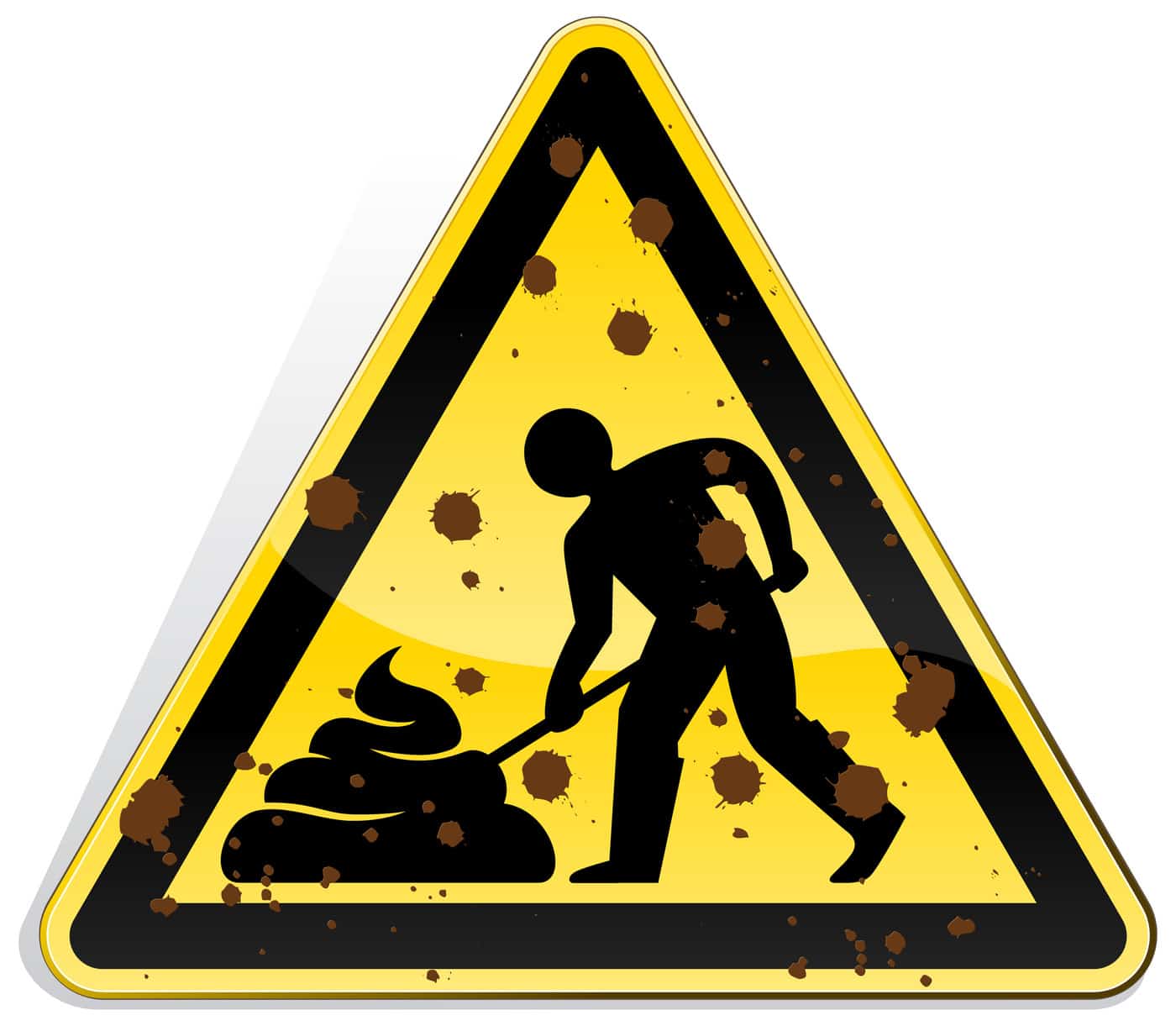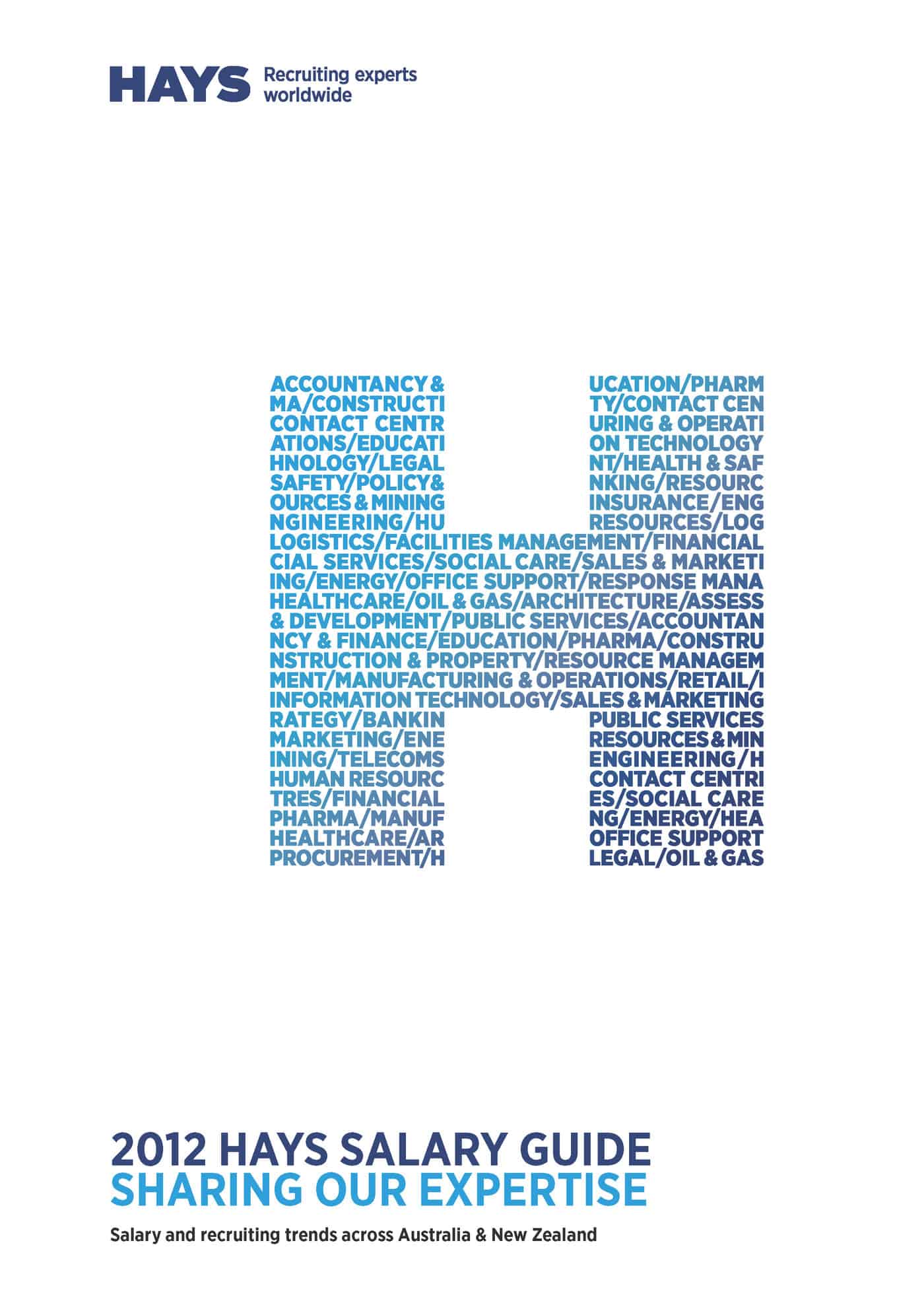Next week Australia holds public hearings into the issue of workplace bullying. Currently the House Standing Committee on Education and Employment has not yet made any submissions publicly available which handicaps the value of the public hearings for observers but the Trade Unions have released their submissions. Generally, the suggestions for control measures are progressive but the submissions also indicate the extent of the challenge in “controlling” workplace bullying and some of the challenges facing this inquiry.
The ACTU claims that workplace bullying was given national prominence following a survey of union members in 2000 but that survey is not representative of the broader Australian community and should be treated with caution. The ACTU submission seeks support for its survey results from more authoritative sources such as Safe Work Australia and the Productivity Commission. But neither of these sources indicates workplace bullying to be as big an issue as the ACTU claims.
Safe Work Australia’s figures, quoted by the ACTU , say that in
“In 2007/08, 26% of accepted workers compensation claims for mental stress in Australia resulted in 26 or more weeks off work.”
The significance in this quote is that bullying is not mentioned and if one accepts that bullying is a subset of mental stress and psychosocial hazards, bullying should be only a fraction of the 26% figure. It is also the case that it is common for victims of bullying to eliminate the hazard through resignation rather than lodge workers’ compensation claims. So one metric may indicate a low bullying rate but another indicates a “hidden” rate. Accurate measurement, the accumulation of evidence, is a major problem in any study of workplace bullying and is a major challenge for this Parliamentary Inquiry. Continue reading “Public hearings into Workplace Bullying to commence in Australia”



